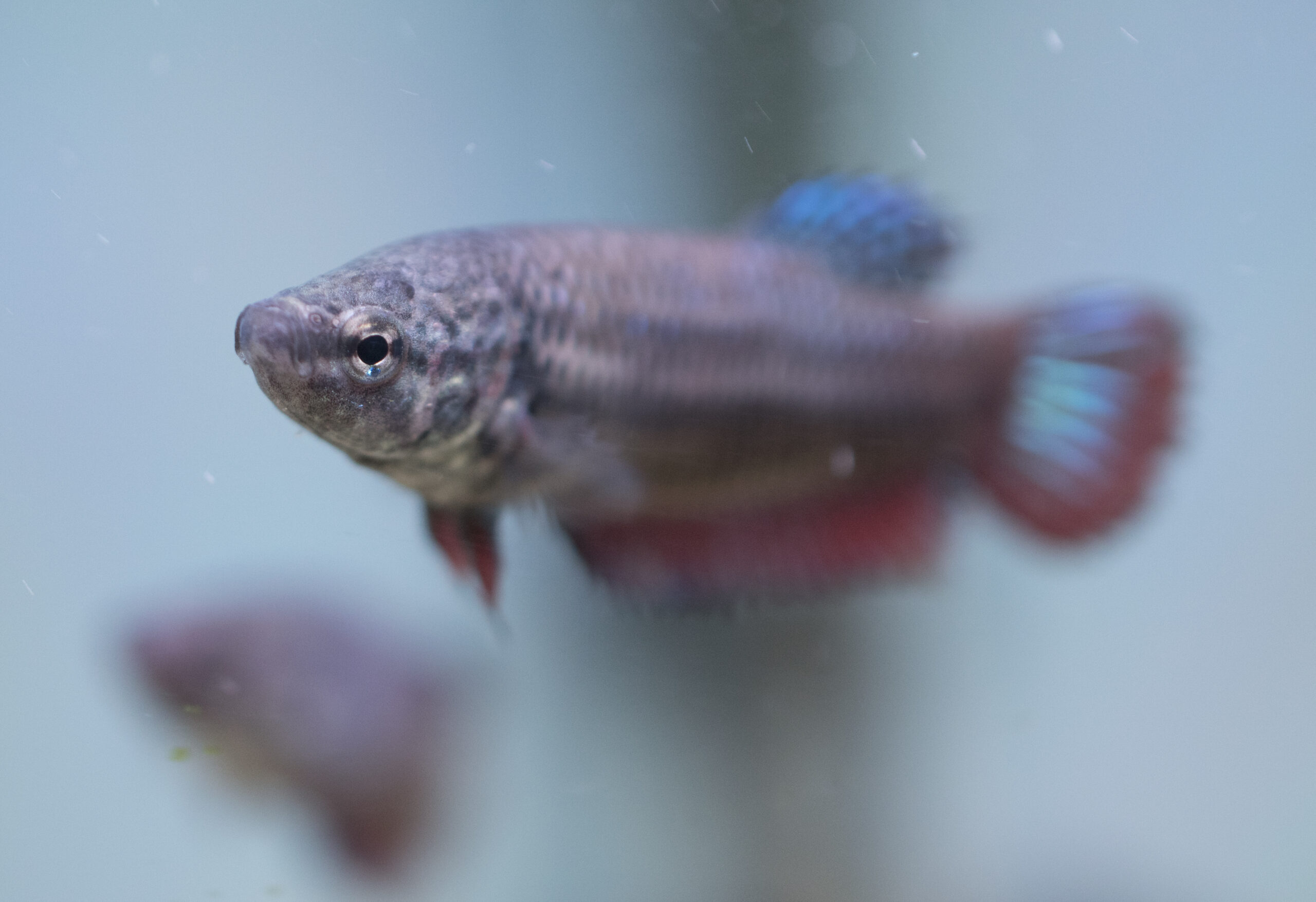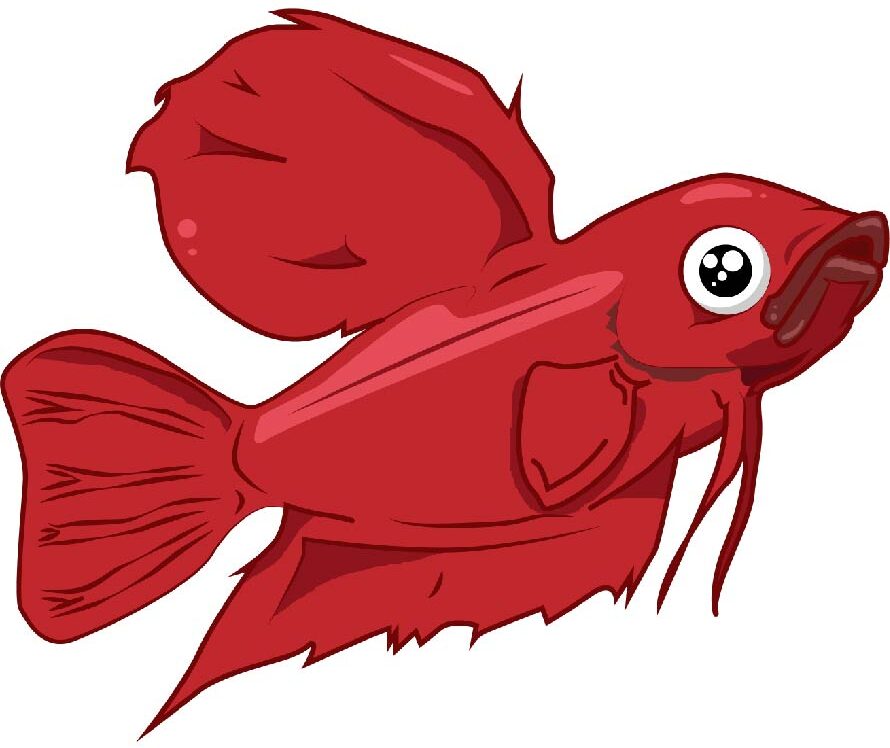
Preparing Your Filter, AKA Fishless Cycling
Fish tanks have a problem, you put fish in there. Yes you read that right, fish produce waste, and that is toxic. That can kill your fish quite easily.
So how do fish actually survive, well eventually your filter will be able to change the toxins into something much safer. But the process of preparing your filter takes time, a fair bit of learning, and a little bit of effort.
Firstly a brief look at the science behind your filter process. When you feed your fish, some of this is converted into waste, in the form of ammonia. That’s toxic, once your filter is up to speed it turns that into nitrites, those are also toxic, but in a final step a working filter will turn that into nitrates. Nitrates are a lot safer.
In a fully set up tank …
Ammonia should be 0 at all times.
Nitrites should be 0 at all times
Nitrates will rise between water changes, but I would aim to keep them below 20-30ppm unless you have sensitve fish.
How do you prepare your filter?
First set up your tank, this is a great time to get your substrate in, to plant your plants, to play around with things. Make sure your filter is running and the water is able to pass through your media. Use a good dechlorinator when you add the water and every time you add new water.
Now on to preparing your filter. There are a few things you will need.
A source of ammonia. These are ones that you can use to add ammonia to your tank instead of adding fish to produce it and exposing them to the toxins. These are two of the more available products marketed for aquaria, others are available, but it’s best to ask around and see what people are having success within your area.
A great product, but it can become pricey for larger tanks.
Waterlife Biomature
The main issue is that they don’t state the percentage of ammonia on the bottle and they suggest buffering to 5ppm, this is an issue as you can rapidly poison the microorganisms as the nitrites will climb much higher.
A test kit, these are the two most popular, you might be tempted to get cheaper test strips, but they can become unreliable if they’re exposed to moisture in the air.
Dechlorinator
With it being so concentrated prime is a great choice as it lasts ages.
A cheap and cheerful brand that is a nice basic dechlorinator.
Buffers
KH is used up as the ammonia-nitrite-nitrate process leaves acids in the water, so you will need to either do water changes or if you have soft water, add some buffers to keep the kh up.
Now you have everything you can start preparing your filter. You want to add ammonia to your tank so you have 2 parts per million, Now you wait.
It normally takes a couple of weeks for anything to start happening. Once ammonia starts to fall nitrites should start to rise. Now you have to wait to allow the nitrite-eating microorganisms to build up. Make sure you keep topping up the ammonia to 2 ppm once it falls.
Eventually the nitrites will start to fall and nitrates will start to rise.
It normally takes between 6-8 weeks to completely prepare your filter. In this time you can start to research the sort of fish you want to keep, and avoid all the pit falls that many keepers hit.
If you have hard water you may well be able to just monitor the tank and go through without doign any water changes. But if you live in a soft water area make sure that you don’t let the KH fall beneath 3 or 4 degrees. I would also recommend keeping the nitrites below 6 ppm and the ntrates below 40-60ppm whilst you are cycling.
Once the ammonia is being turned into nitrates within 24 hours you can do a final water change to bring your nitrates down to safe levels and then you can look to add fish.
Myths and tips.
You can’t do water changes as that will remove the good bacteria.
False, all the microorganisms are in your filter. As long as you add dechlorinator before you add the water back, and top your ammonia back up all will be well.
You can add bacteria in a bottle.
The science is really out on that topic, some types do worse than nothing, others help with the ammonia part, but the nitrite part still takes just as long.
My ammonia is disappearing but my nitrite is just climbing.
Take out about a third of your biomedia and rinse it under the tap to kill off some microorganisms. This will create space for the nitrite eaters once you add it back.
I have plants and they are using up my ammonia, how can I tell if the tank is cycling.
Add more ammonia, and wait till you see nitrites rise and fall. If your tank is heavily planted you will have more wriggle room when it comes to safely adding stock.
